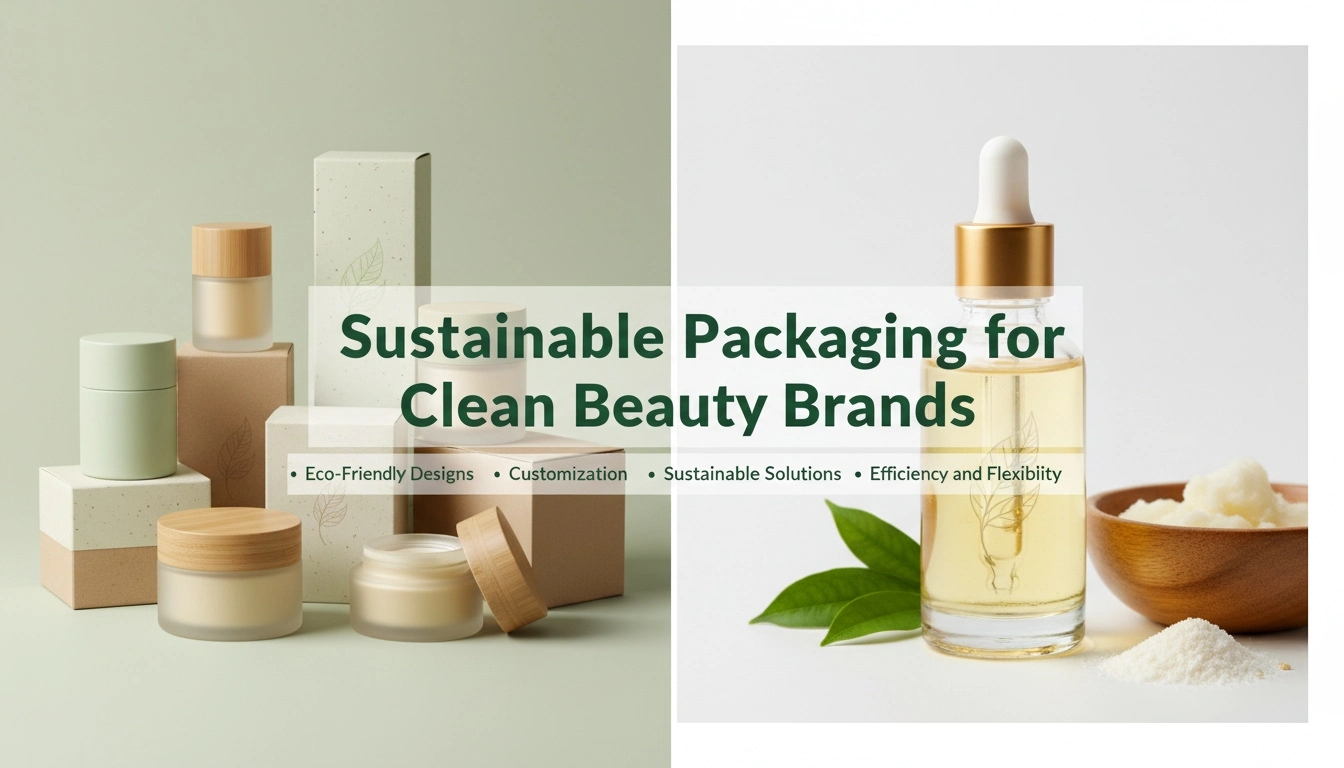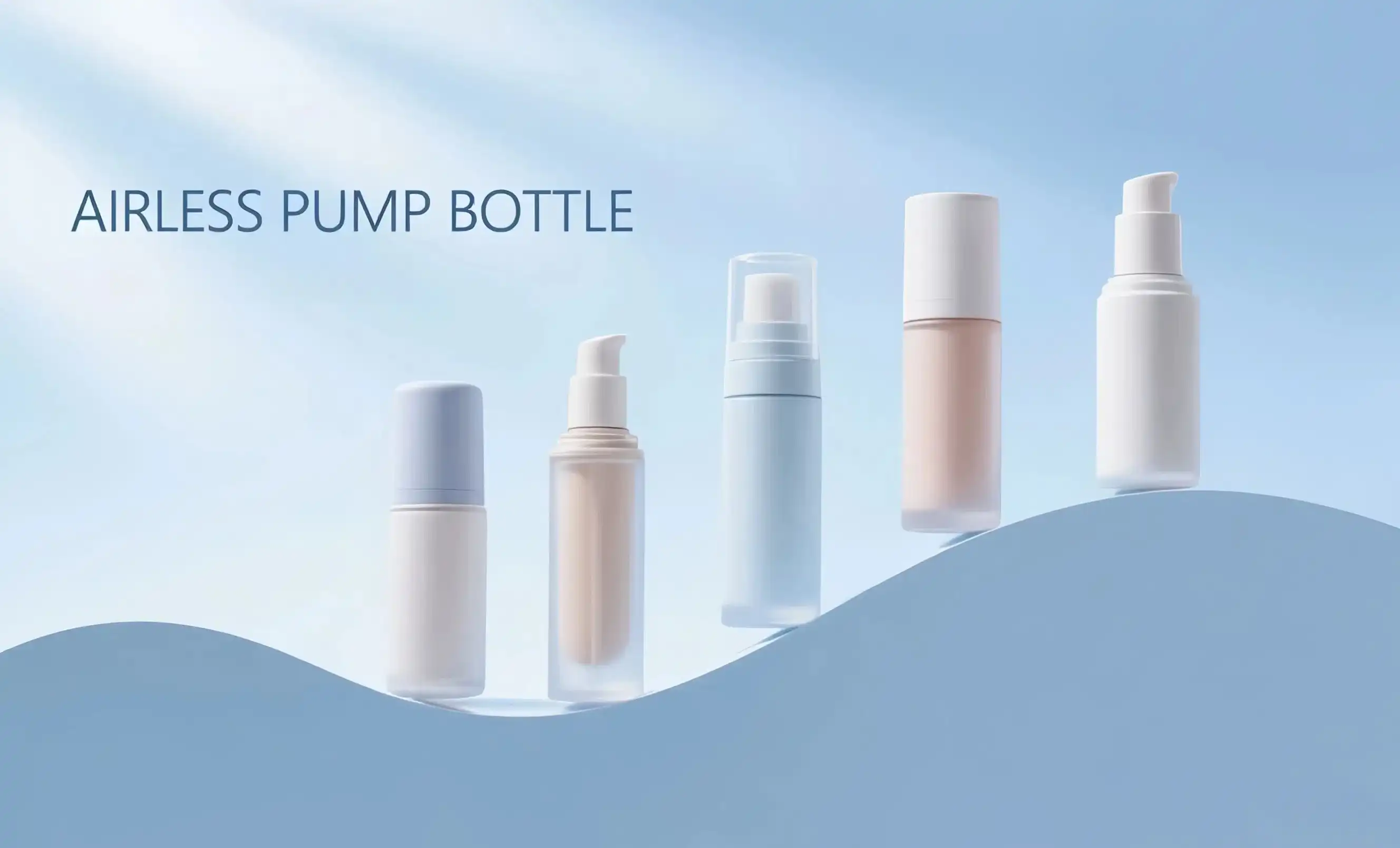Impact of Tolerance on Product Dispensing Efficiency
Tolerance in piston-airless bottles directly affects how efficiently and accurately products are dispensed. Tight tolerances are essential for maintaining the integrity of the airless system and ensuring consistent product delivery.
Topfeelpack's Precision Engineering for Optimal Performance
Leading manufacturers like Topfeelpack prioritize precision in their airless bottle designs. By maintaining strict tolerance controls, they ensure that each component fits perfectly, minimizing the risk of air ingress and product waste. This precision engineering translates to several benefits for end-users:
- Consistent dosage with each pump
- Smooth piston movement for effortless dispensing
- Minimal product residue left in the bottle
- Extended shelf life due to reduced air exposure
For brands seeking to differentiate themselves in the market, choosing airless bottles with optimal tolerance ranges can significantly enhance user experience and product perception.
Industry Standards: Acceptable Tolerance Ranges
The cosmetics packaging industry has established guidelines for acceptable tolerance ranges in piston-airless bottles. These standards ensure functionality, compatibility, and quality across different manufacturers and products.
Common Tolerance Specifications
While specific tolerance ranges can vary based on bottle size and design, general industry standards include:
- Bottle height: ±0.5mm
- Bottle diameter: ±0.3mm
- Wall thickness: ±0.1mm
- Piston diameter: ±0.1mm
- Pump stroke length: ±0.2mm
These tight tolerances are essential for maintaining the airless system's integrity and ensuring consistent product dispensing. Buyers should be aware that reputable manufacturers adhere to these standards to guarantee product quality and performance.
Material Considerations in Tolerance Management
The selection of materials is crucial for maintaining precise tolerance ranges in product design and manufacturing. High-quality plastics and advanced production techniques enable manufacturers to achieve tighter tolerances, ensuring more consistent and reliable outcomes across large production runs. It’s essential for buyers to carefully evaluate materials based on several key factors that contribute to long-lasting product performance.
First, dimensional stability is vital. Materials that retain their shape and size over time, even when exposed to varying environmental conditions, ensure that the final product maintains its functionality and appearance. Resistance to temperature fluctuations is equally important, as many products are subjected to a wide range of temperatures during use. Materials that can withstand these shifts without deforming or degrading will preserve the product’s structural integrity.
Moreover, compatibility with various cosmetic formulations is critical for products used in the beauty industries. This ensures that materials won’t react negatively with ingredients, maintaining the safety and effectiveness of the product.
Finally, sustainability is becoming a key consideration. Materials that are recyclable or biodegradable help brands reduce their environmental impact. By choosing materials that meet these criteria, companies can promote eco-friendliness while ensuring the longevity and reliability of their products. Ultimately, selecting the right materials ensures both superior product performance and a commitment to sustainability.
How to Test Tolerance in Piston-Airless Systems
Ensuring that piston-airless bottles meet specified tolerance ranges requires rigorous testing. Buyers and quality control teams should be familiar with these testing methods to verify product compliance and performance.
Topfeelpack's Comprehensive Quality Assurance Process
Topfeelpack employs a multi-stage quality assurance process to guarantee that all airless bottles meet or exceed industry tolerance standards. This process includes:
- Dimensional Inspection: Using precision measuring tools to verify component dimensions.
- Fit Testing: Ensuring all parts assemble correctly with proper tolerances.
- Functional Testing: Verifying smooth piston movement and consistent product dispensing.
- Leak Testing: Confirming the airless system's integrity under various pressures.
- Stability Testing: Evaluating performance over time and under different environmental conditions.
Buyers should request detailed test reports and consider conducting their own quality checks to ensure the airless bottles meet their specific requirements.
Advanced Testing Technologies
Modern testing methods employ sophisticated technologies to assess tolerance ranges with unprecedented accuracy:
- 3D Scanning: For comprehensive dimensional analysis
- Computerized Vision Systems: To detect minute variations in component shapes
- Automated Dispensing Tests: To measure consistency in product delivery
- Environmental Stress Testing: To evaluate performance under extreme conditions
These advanced testing methods provide buyers with confidence in the quality and performance of their chosen airless bottle systems.
Importance of Ongoing Quality Control
Maintaining tight tolerance ranges requires ongoing vigilance. Buyers should work with manufacturers who implement continuous quality control measures, including:
- Regular equipment calibration
- Statistical process control
- Batch testing and documentation
- Supplier quality management
By prioritizing ongoing quality control, brands can ensure consistent product quality and minimize the risk of packaging-related issues.
Conclusion
Understanding and specifying the correct tolerance ranges for piston-airless bottles is essential for brands seeking to deliver high-quality, efficient, and user-friendly cosmetic and skincare products. By considering the impact of tolerances on dispensing efficiency, adhering to industry standards, and implementing robust testing procedures, buyers can ensure their packaging meets the highest quality standards.
For skincare brands, makeup companies, and cosmetics manufacturers looking for advanced airless packaging solutions that meet stringent tolerance requirements, Topfeelpack offers state-of-the-art options. Our commitment to precision engineering, sustainable materials, and rapid customization makes us an ideal partner for brands of all sizes. Whether you're launching a new product line or seeking to improve your existing packaging, our team is ready to provide expert guidance and tailored solutions.
Ready to elevate your product packaging with high-performance airless bottles? Contact us at pack@topfeelgroup.com to discuss your specific needs and discover how Topfeelpack can help you achieve your packaging goals with industry-leading tolerance control and quality assurance.
References
- Johnson, M. (2023). Precision Engineering in Cosmetic Packaging: A Focus on Airless Systems. Journal of Packaging Technology and Research, 18(3), 245-260.
- Smith, A. & Brown, L. (2022). Tolerance Management in Piston-Airless Bottles: Industry Best Practices. International Journal of Cosmetic Science, 44(2), 112-128.
- Zhang, Y. et al. (2023). Advanced Materials for Improving Tolerance Control in Airless Packaging. Polymer Engineering & Science, 63(5), 1023-1038.
- European Cosmetic Packaging Manufacturers Association. (2023). Guidelines for Tolerance Ranges in Airless Packaging Systems. ECPMA Technical Report 2023-02.
- Davis, R. (2022). Quality Control Methodologies for Airless Bottle Manufacturing. In Handbook of Cosmetic Packaging Innovation (pp. 178-195). CRC Press.
- Lee, S. & Park, J. (2023). Consumer Perceptions of Packaging Quality: The Role of Dispensing Accuracy in Airless Systems. Journal of Consumer Research, 50(4), 687-702.

 - 副本_1745399213966.webp)

_1747827716538.webp)

